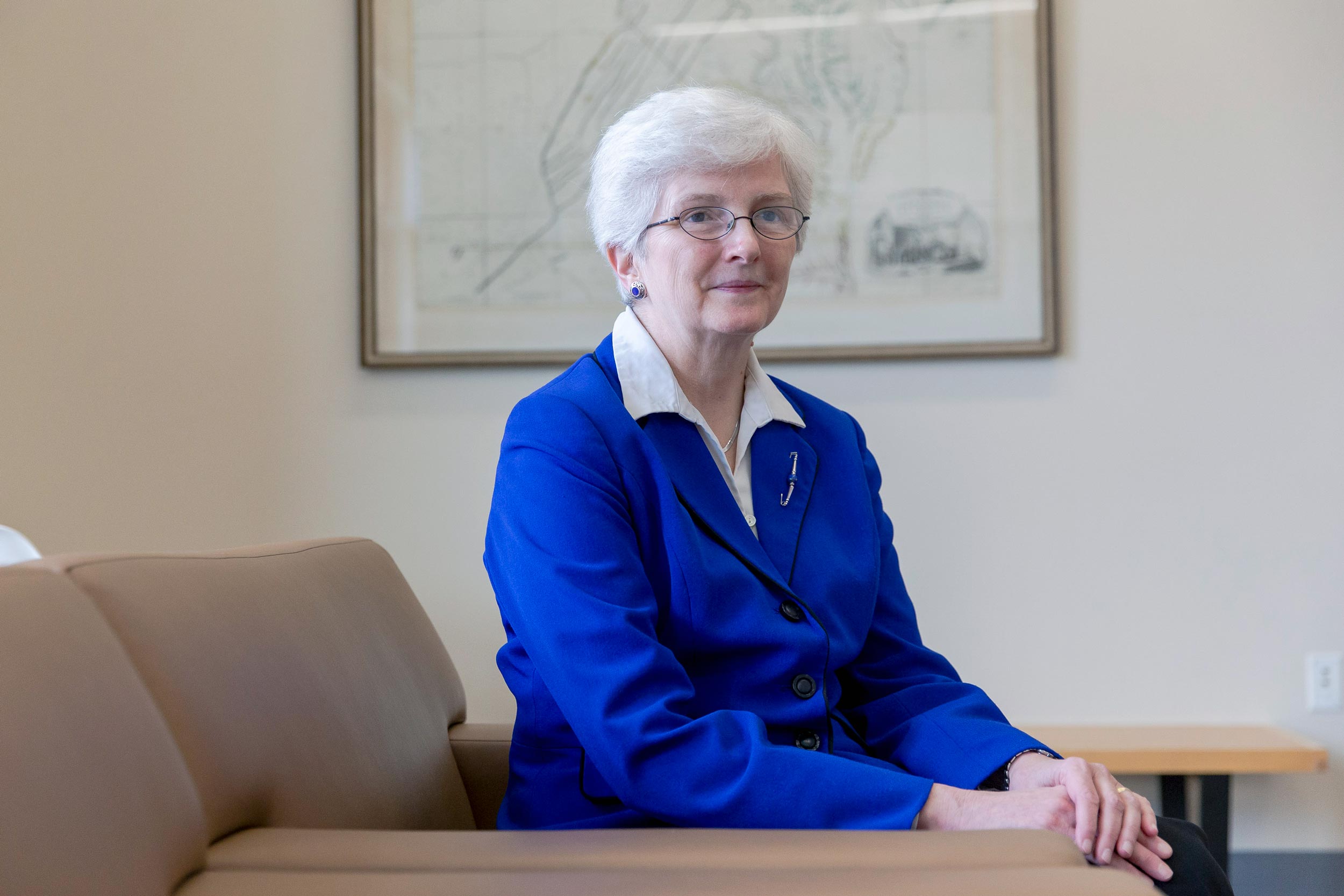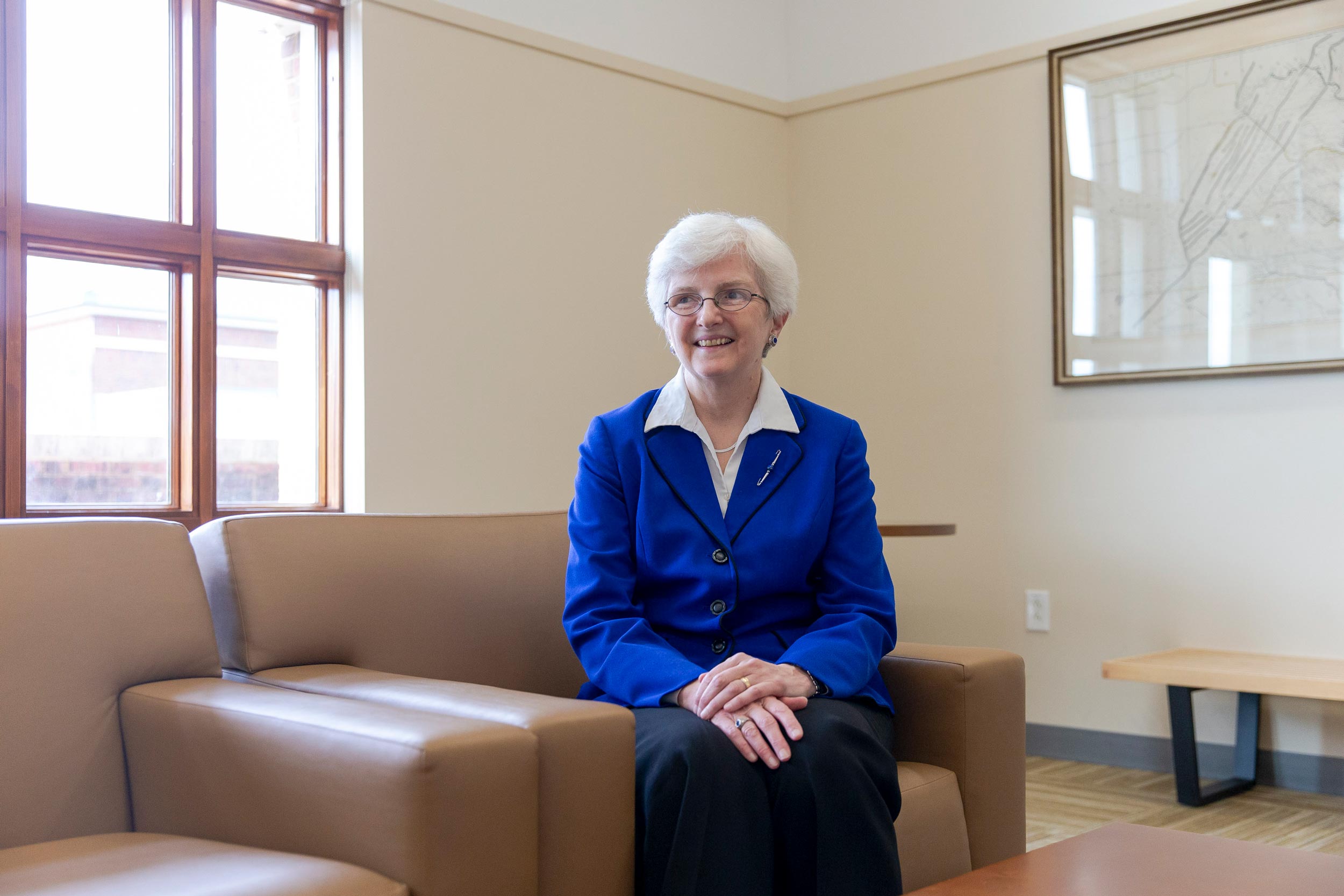Parshall, a 1977 graduate of the University, has been teaching at UVA for nearly 35 years. She has a joint appointment in the both the math and history departments. This particular “50-50 split,” as she calls it, is unique to Grounds, and would be unusual on any college campus.
“There are other people who have joint appointments,” she said, “but between math and history, I’m the only person I know of with such a split appointment.”
The exclusive role has long allowed Parshall to place faces and stories behind the numbers and theorems. The latest example, her new book, “The New Era in American Mathematics, 1920-1950,” was published in February by Princeton University Press.
It’s a deeply researched dive into the development of math during a trying period in this country.
“The book shows that while these mathematicians were doing mathematical work,” Parshall said, “they were improving their community, they were fighting political battles, they were figuring out how to absorb émigrés from Europe during World War II, they were trying to figure out how they, as mathematicians, could support the United States’ war effort in World War II.
“This is all part of being a mathematician, and that’s something that people don’t think about. They think mathematicians sit in an office with the door closed and write on chalkboards with little contact with the real world. But this book shows that mathematicians are embedded in the real world. Their mathematics is part of what they do, but they can be very focused on the bigger picture.”
“New Era” is one of Parshall’s several career projects. In 2006, she wrote a biography of James Joseph Sylvester, a 19th-century Englishman. After being denied a degree from St. John’s College in Cambridge due to his Jewish faith, Sylvester went on to make significant contributions in math, ultimately founding the American Journal of Mathematics in 1878.





